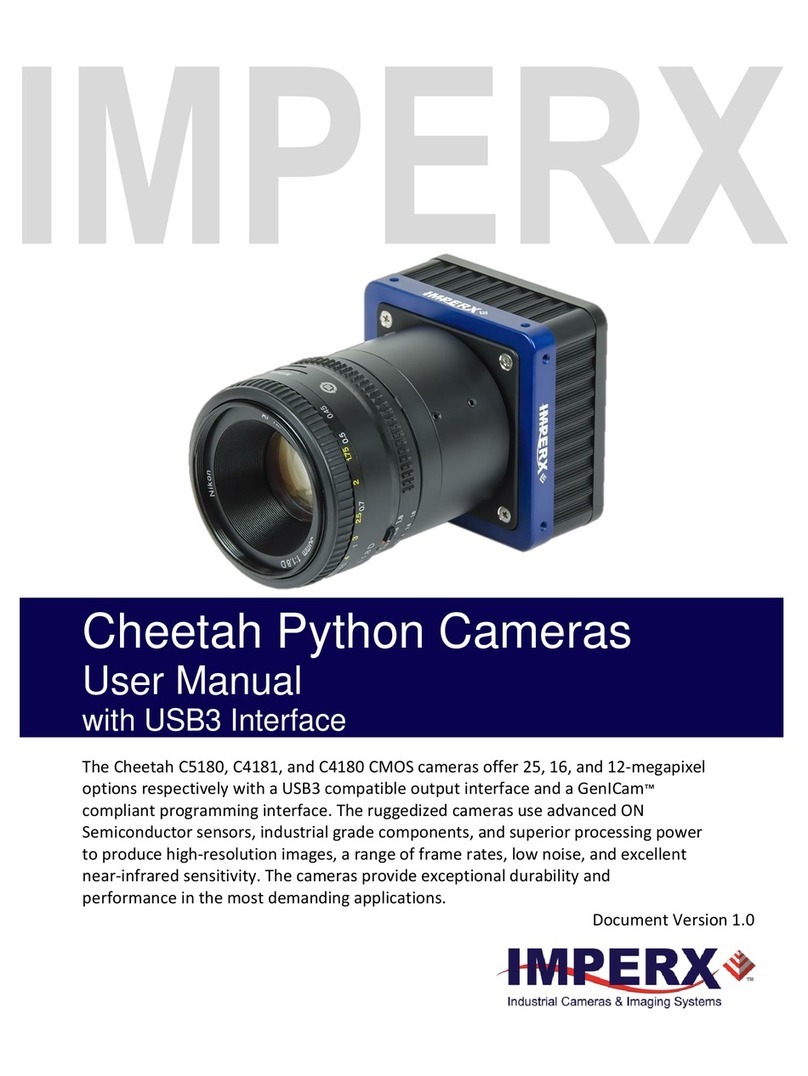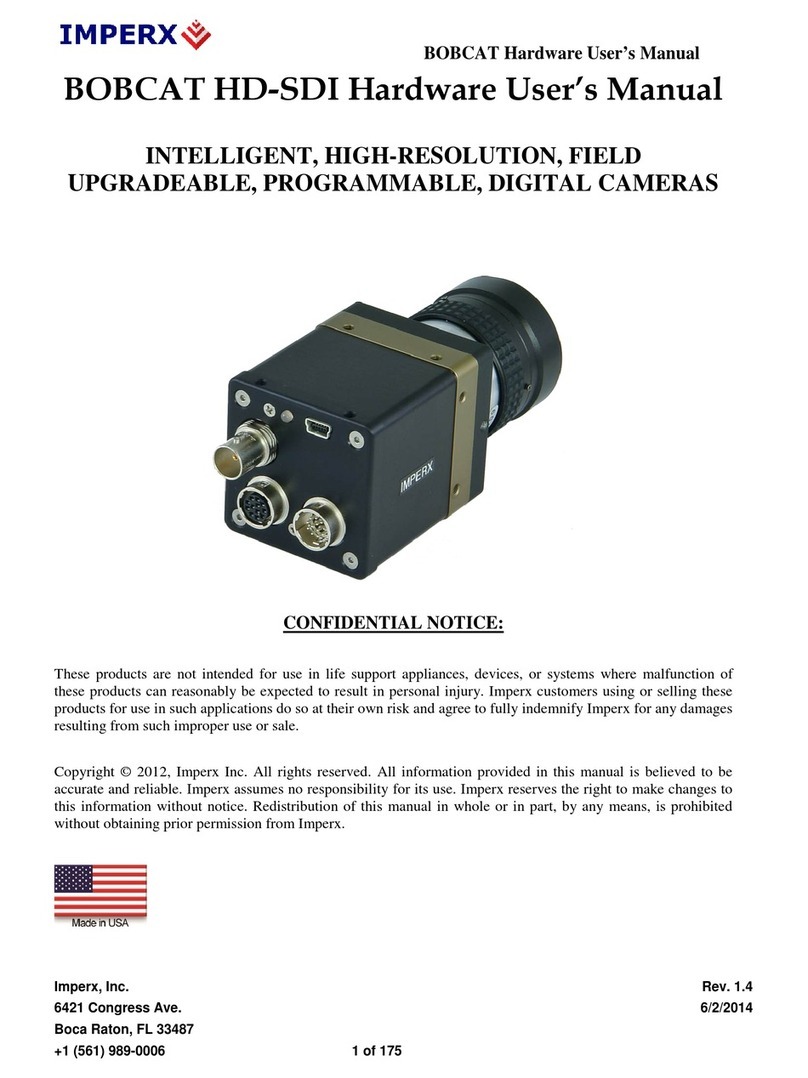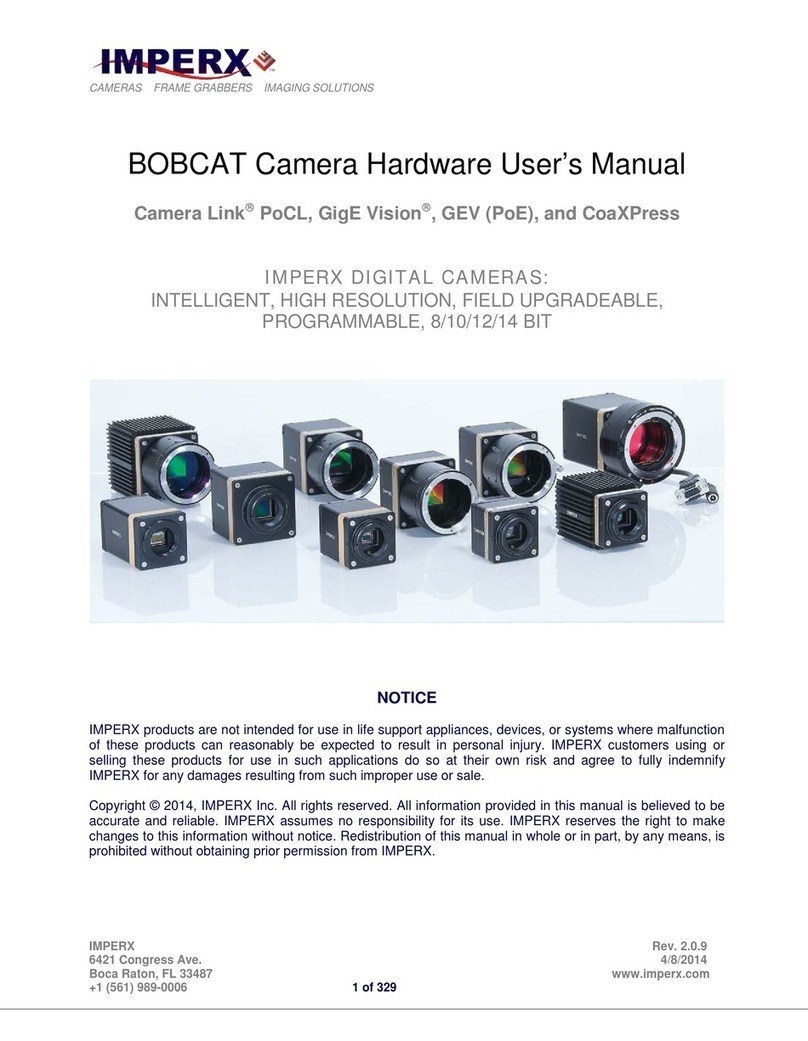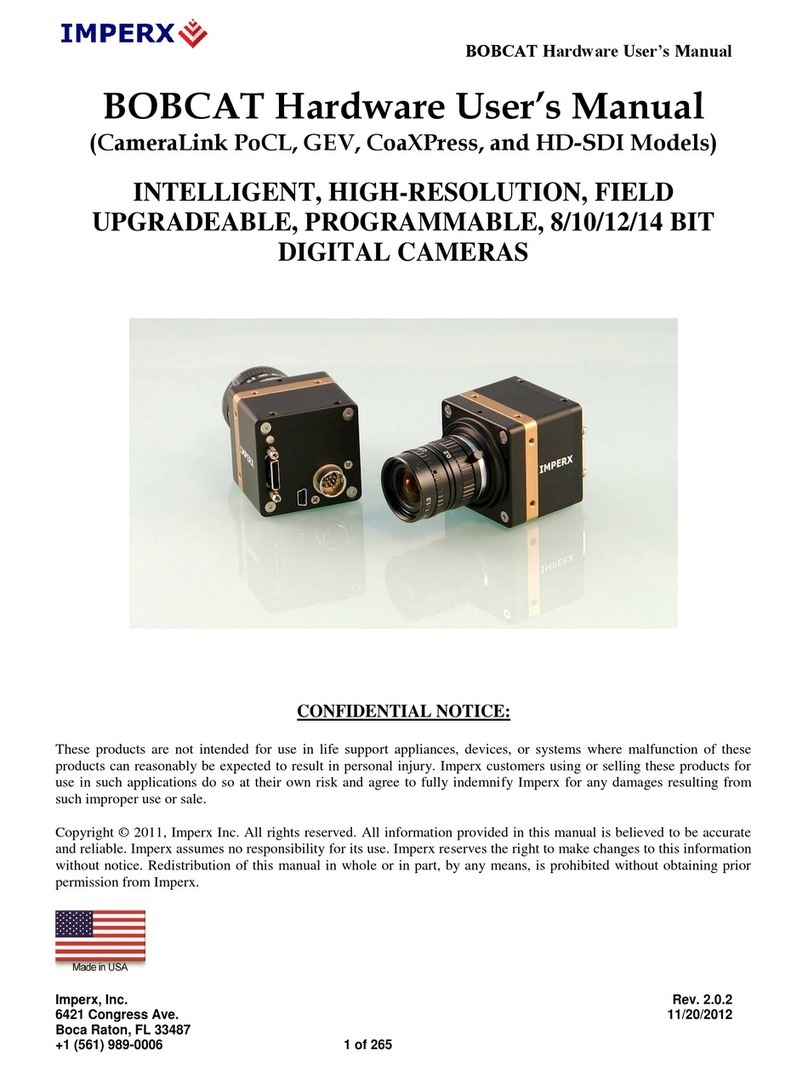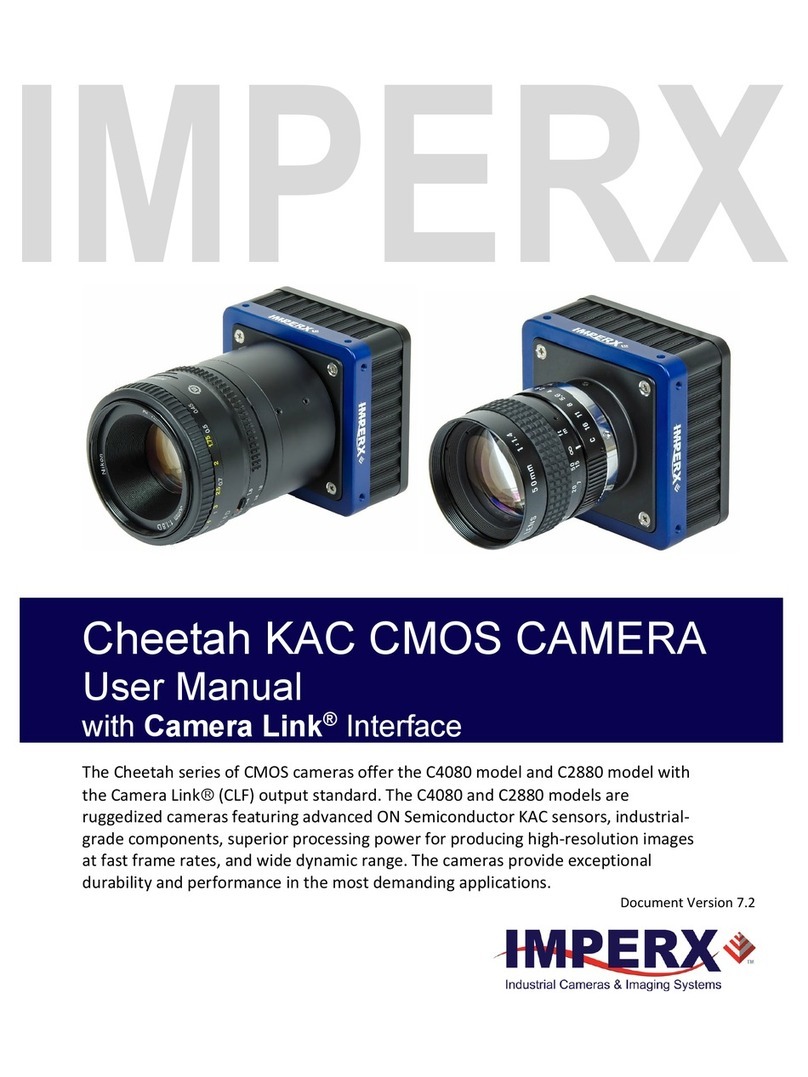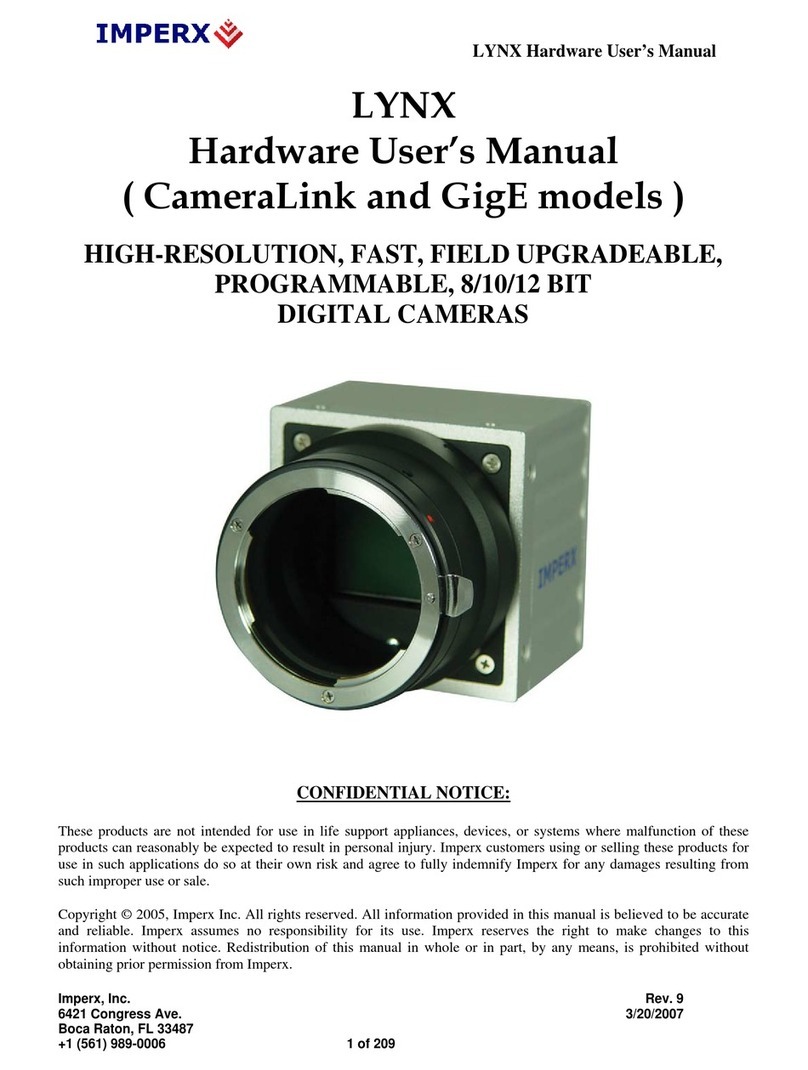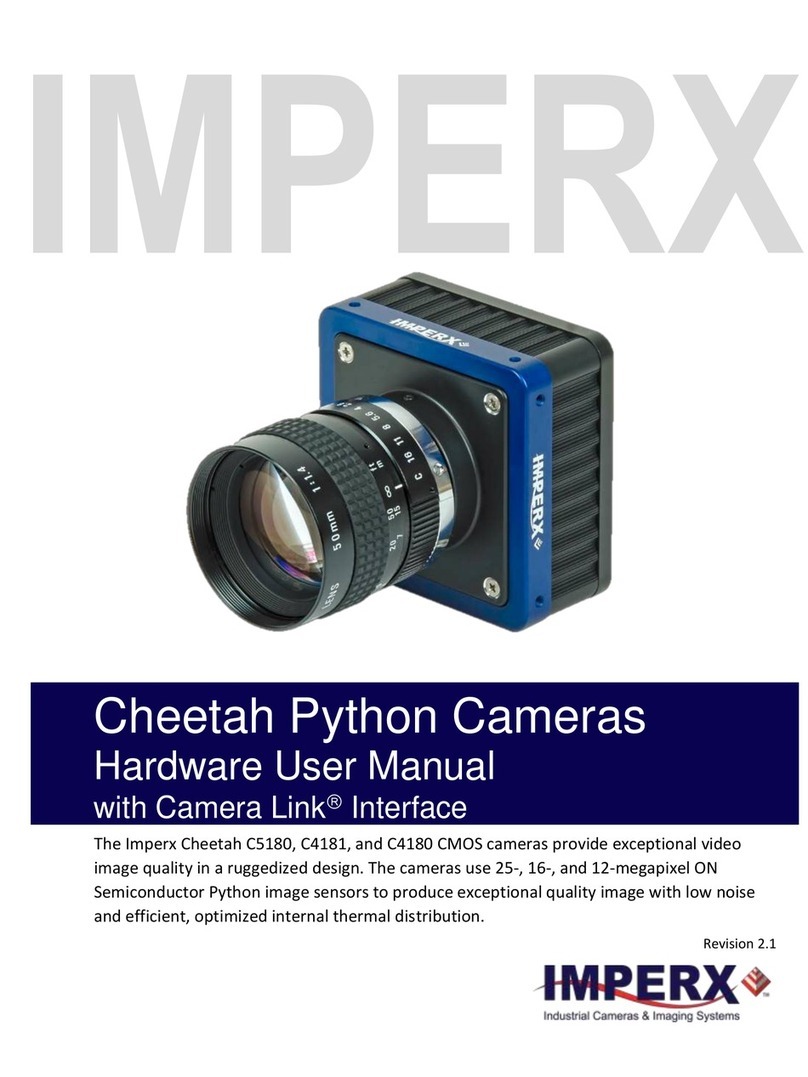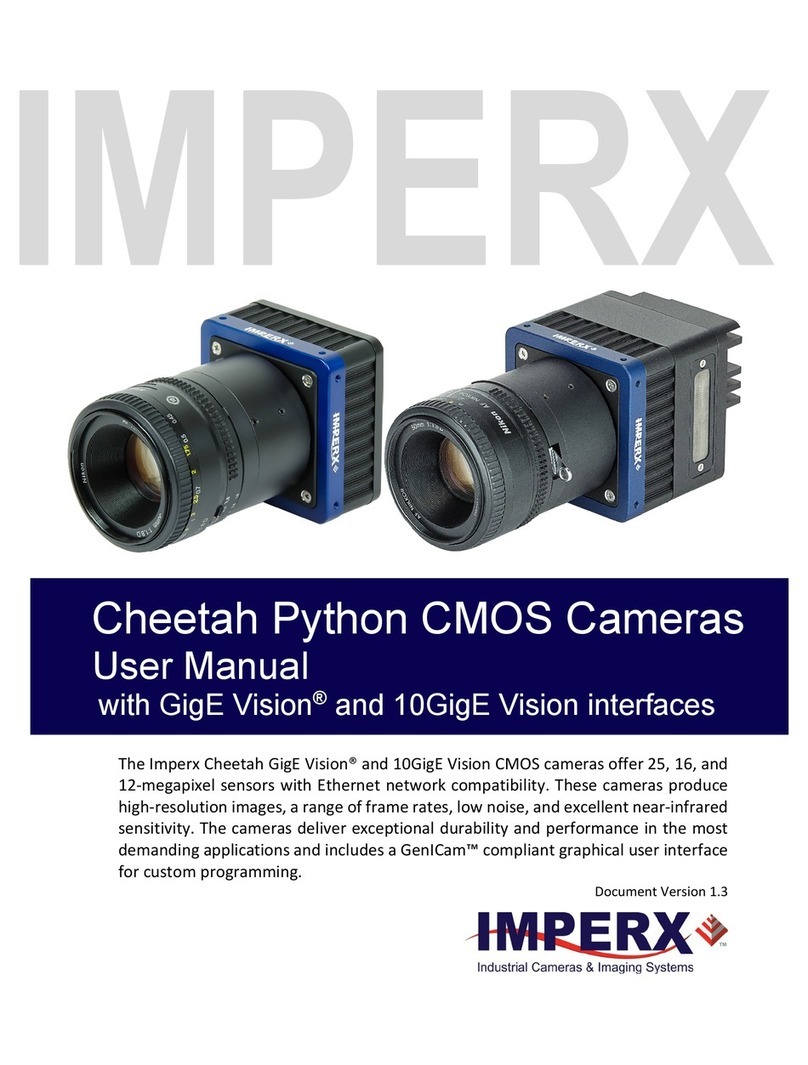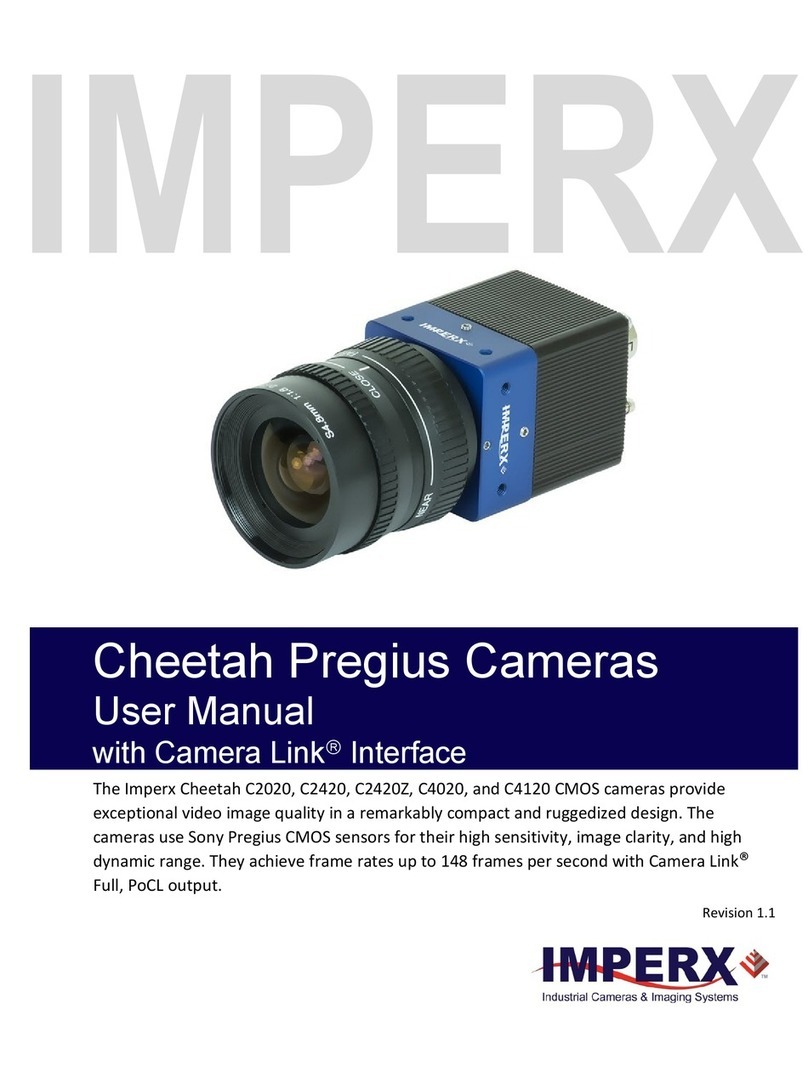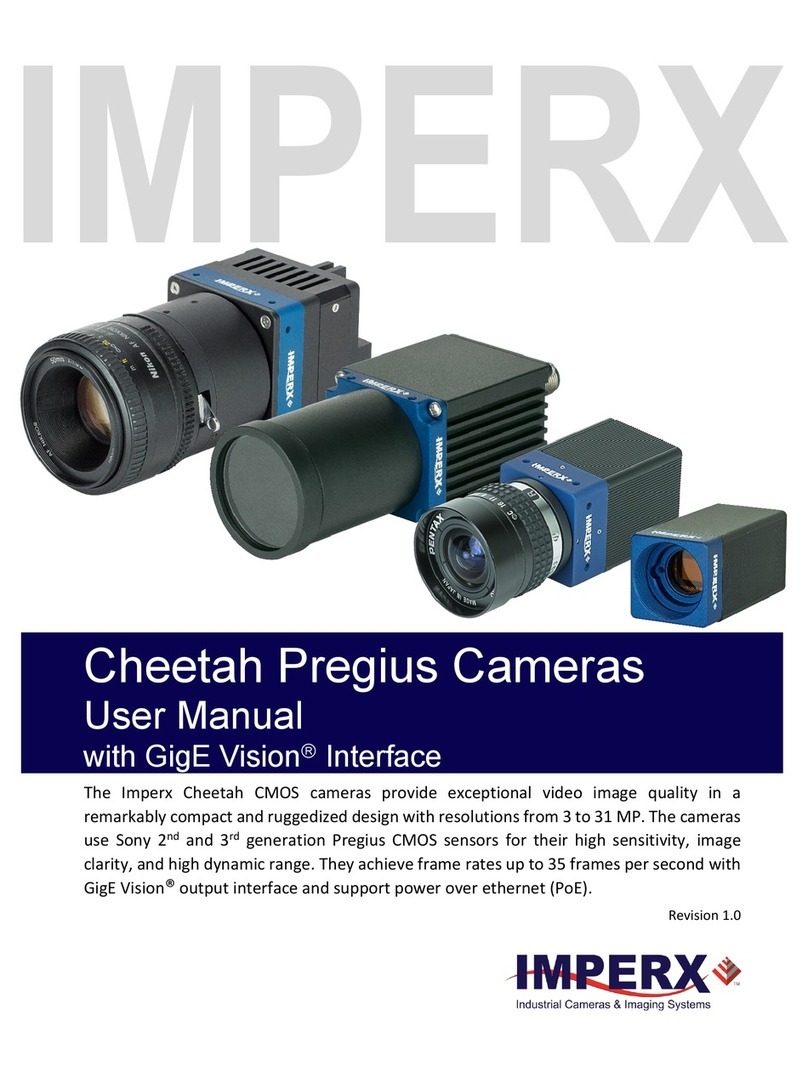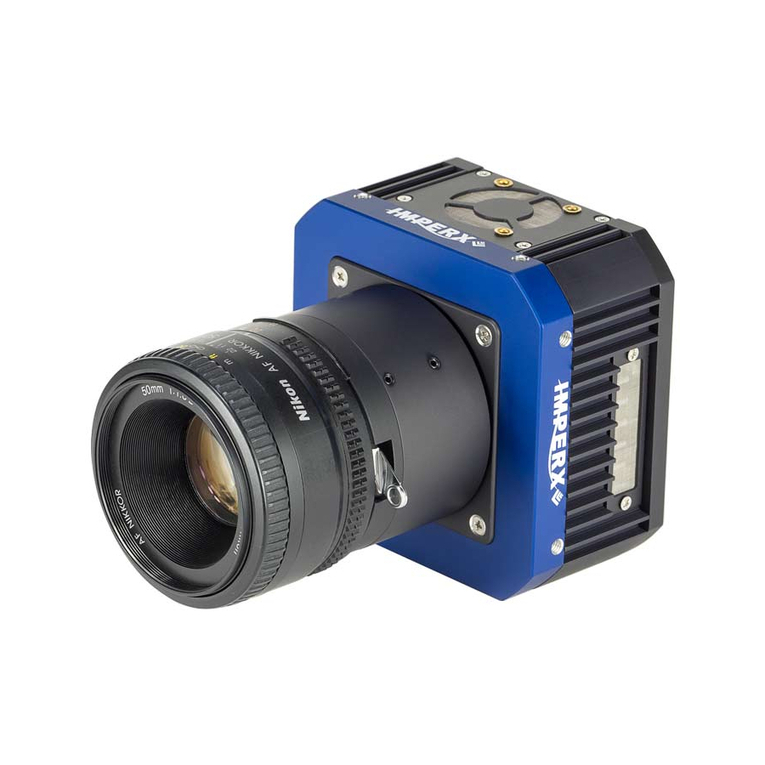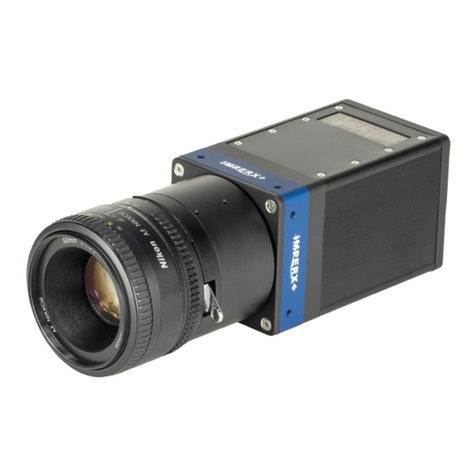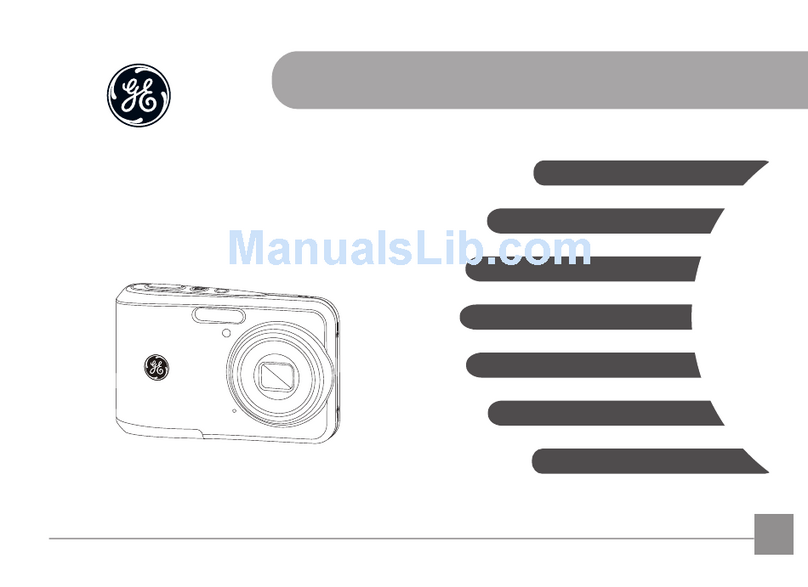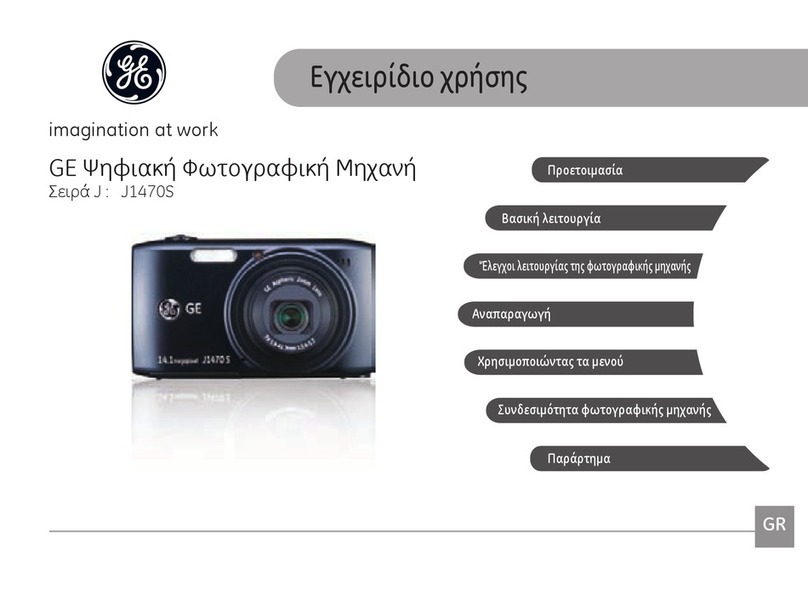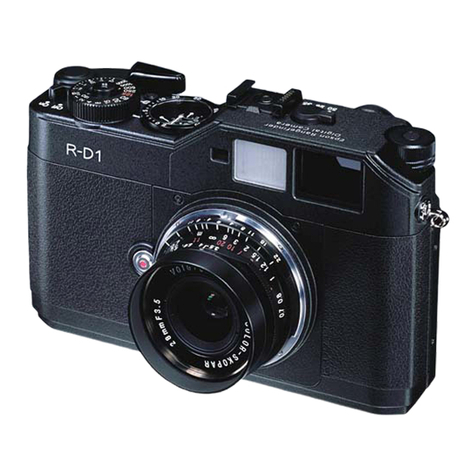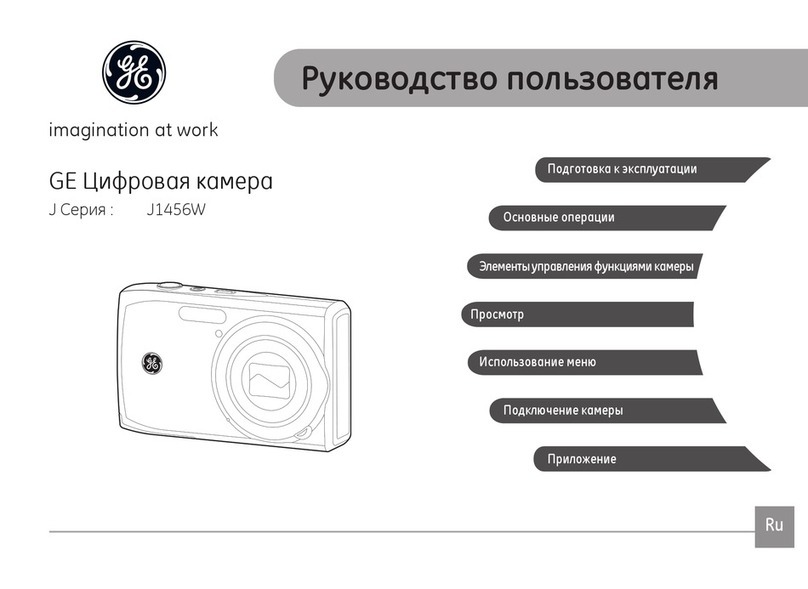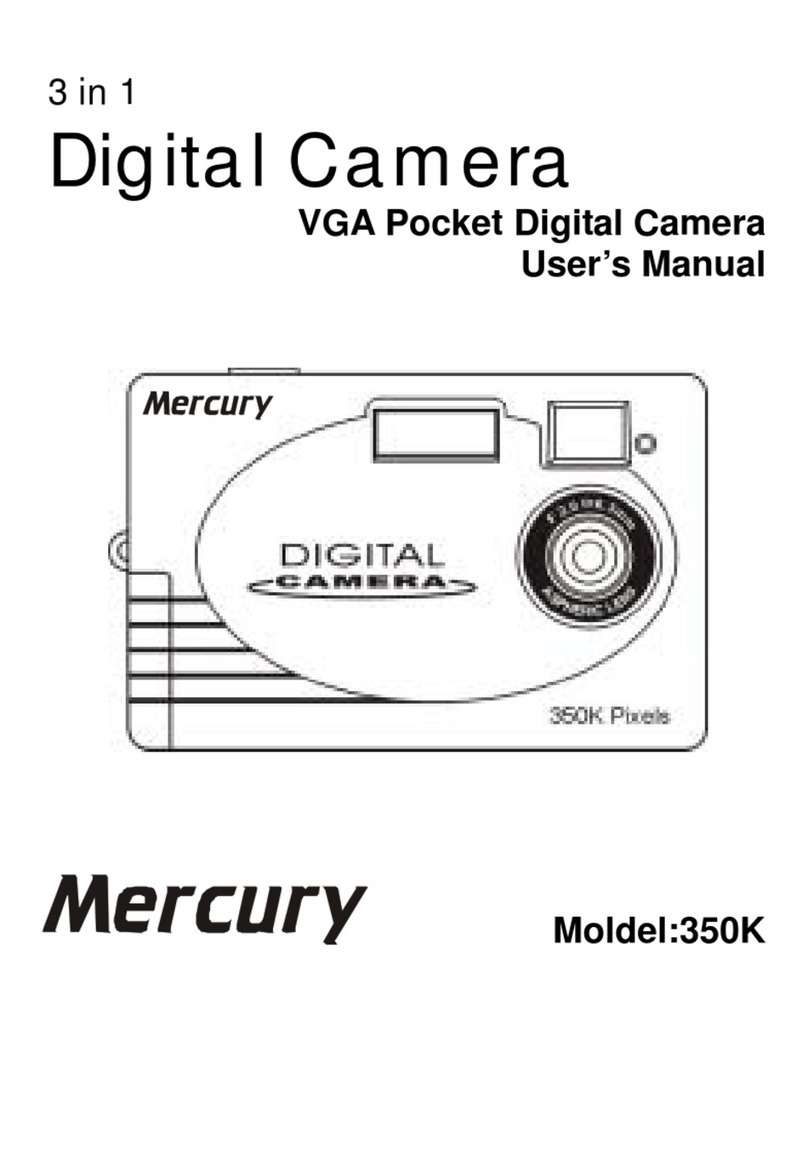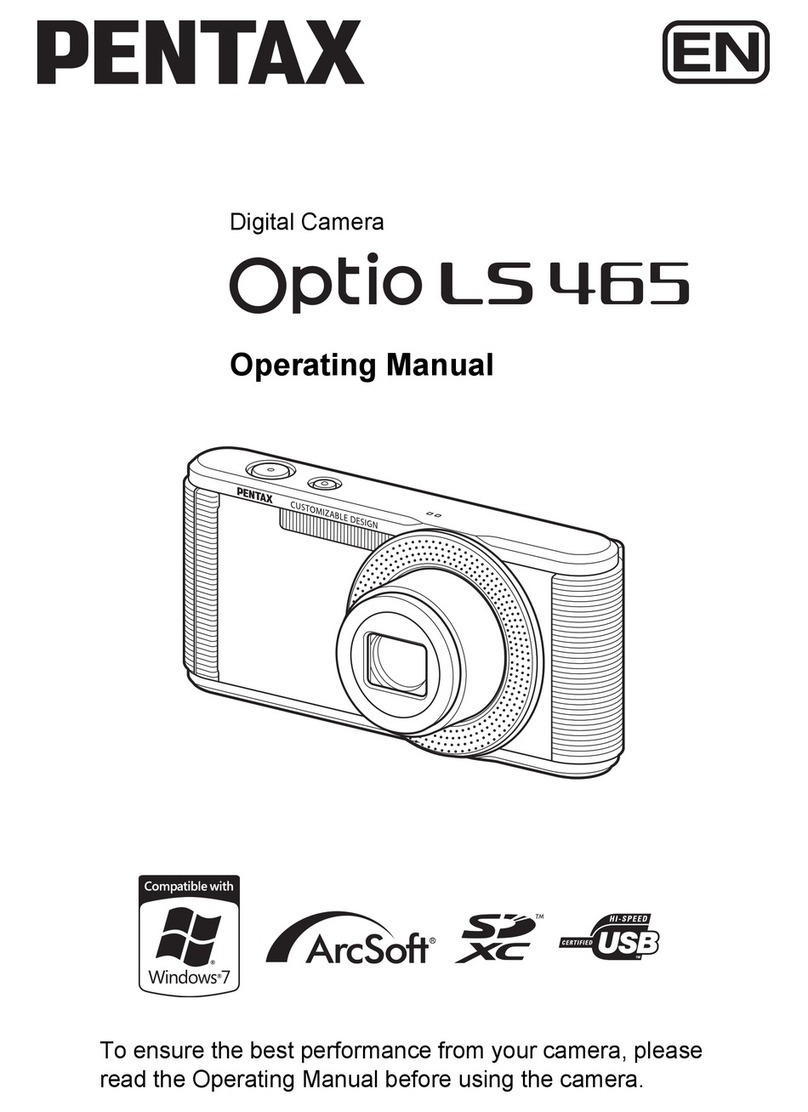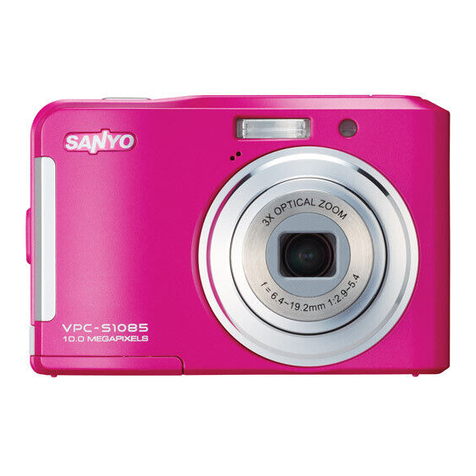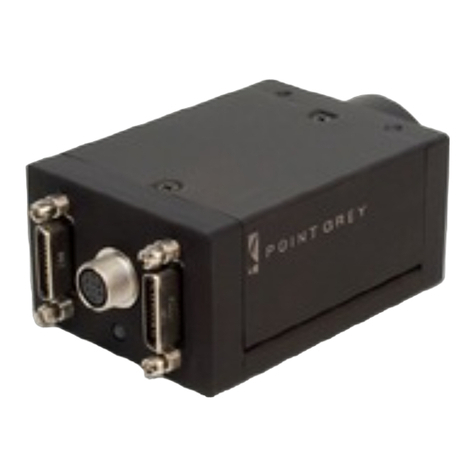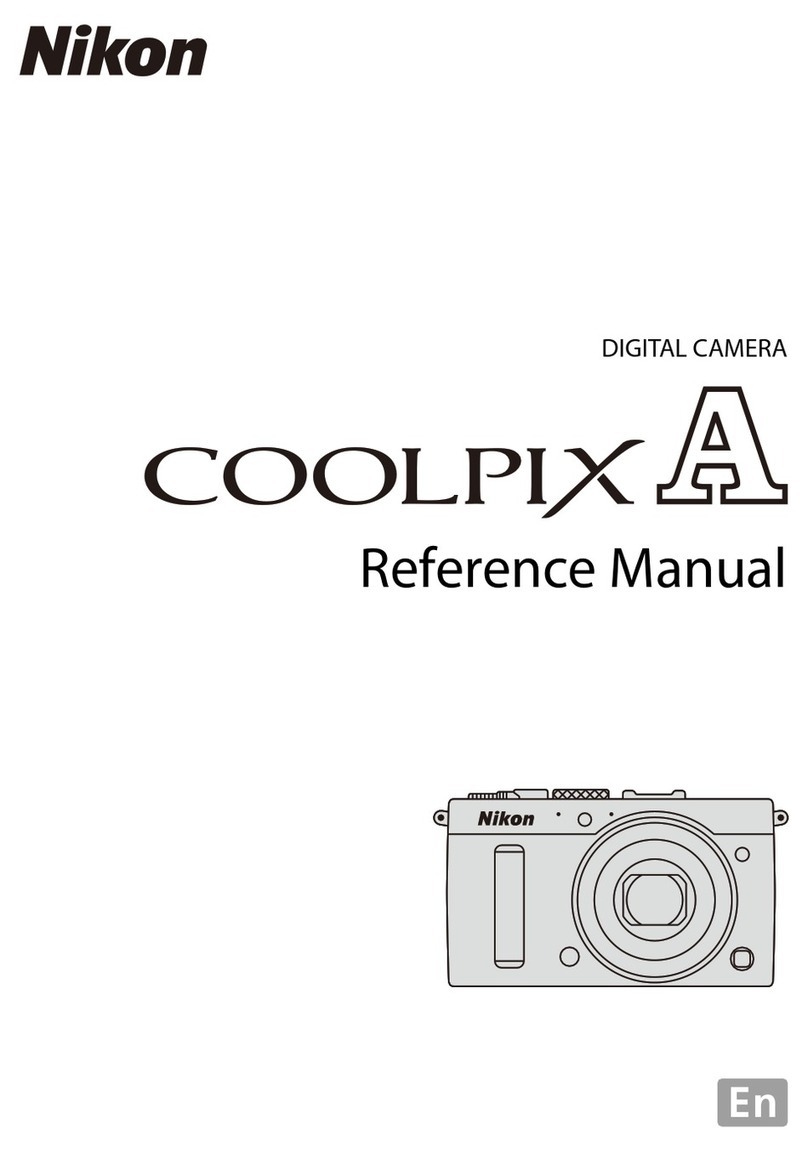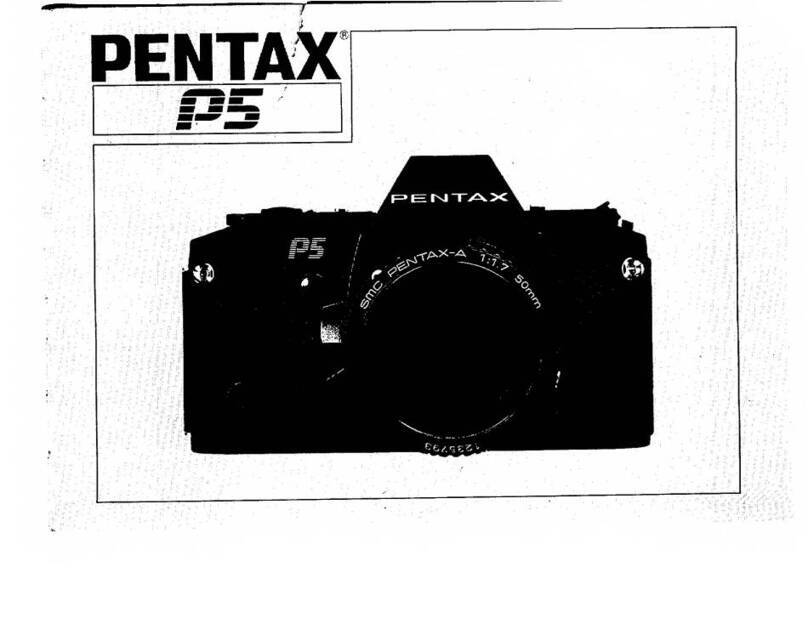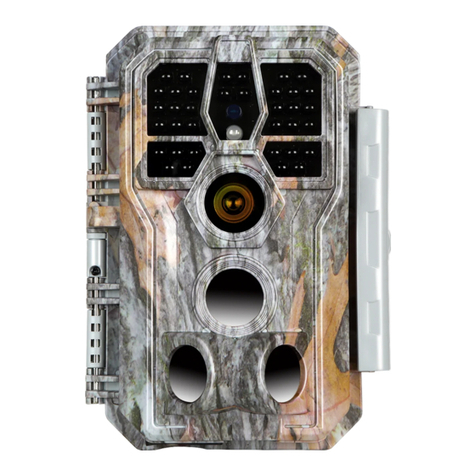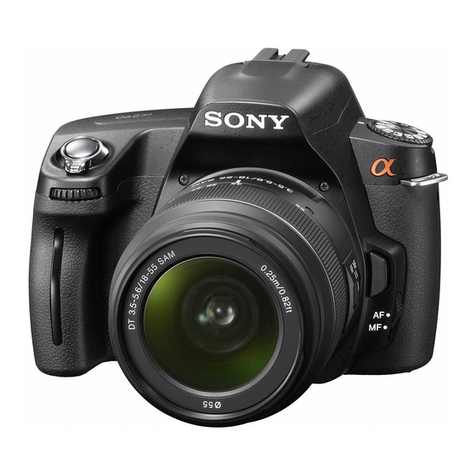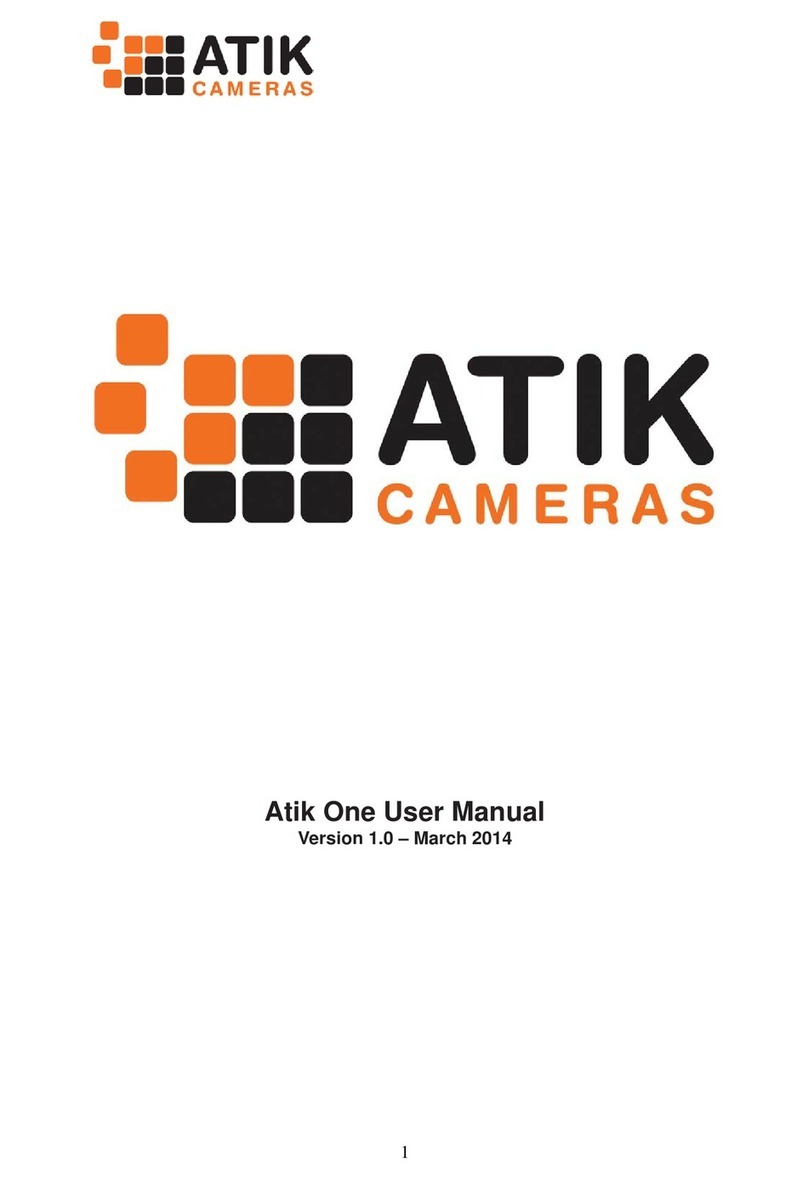
Cheetah KAC Cameras User Manual | CoaXPress (CXP) Interface
October 1, 2019 Page 4 of 82 Rev 1.0
TABLE OF CONTENTS
1 About the Cheetah Camera ...........................................................................................7
1.1 General ........................................................................................................ 7
1.1.1 Key Features .......................................................................................8
1.2 Cheetah Specifications ................................................................................8
1.2.1 General Information ...........................................................................8
1.2.2 Spectral Sensitivity Curves................................................................12
1.3 Technical Specifications............................................................................. 14
1.4 Ordering Information ................................................................................16
1.4.1 Technical Support .............................................................................16
2 Hardware ....................................................................................................................17
2.1 CoaXPress Output......................................................................................17
2.2 CXP Camera Power and Data Connector...................................................17
2.2.1 I/O Connector Pins............................................................................ 18
2.2.1 LED Status Indicators ........................................................................18
2.3 Mechanical, Optical, Environmental .........................................................19
2.3.1 Mechanical .......................................................................................19
2.3.2 Optical............................................................................................... 23
2.3.3 Environmental .................................................................................. 23
3 GenICam API Configurator ..........................................................................................24
3.1 Overview ...................................................................................................24
3.2 Camera Configuration Memory.................................................................24
3.2.1 Parameter Flash................................................................................24
3.3 Starting up the Camera .............................................................................24
3.4 Configuring the CXP Camera .....................................................................25
3.4.1 Device Control ..................................................................................26
3.4.2 Version Info ...................................................................................... 27
3.4.3 Image Format Control.......................................................................29
3.4.4 Acquisition Control ...........................................................................31
3.4.5 Gain Control......................................................................................33
3.4.6 Data Correction.................................................................................34
3.4.7 White Balance...................................................................................35
3.4.8 Strobe ...............................................................................................36
3.4.9 Pulse Generator ................................................................................38
3.4.10 Wide Dynamic Range......................................................................39
3.4.11 Transport Layer Control..................................................................41
3.4.12 User Set Control..............................................................................45
3.4.13 Special Features..............................................................................46
4 Camera Features .........................................................................................................47
4.1 Global / Rolling Shutter .............................................................................47
4.2 ADC Digitization.........................................................................................47
4.3 Frame Time Control...................................................................................47
4.3.1 Internal Line and Frame Time Control ..............................................47
4.3.2 Camera Output Control .................................................................... 48
4.4 Area of Interest ......................................................................................... 49
4.4.1 Overview........................................................................................... 49
4.4.2 AOI Horizontal and Vertical Window................................................49
4.4.3 Factors Impacting AOI Frame Rate ...................................................49
